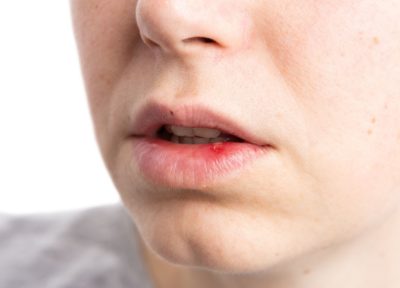Can changes in the mouth’s appearance be linked to skin disease elsewhere on the body?
Yes. Many skin-related conditions also affect the oral mucosa (lining of the mouth). If you have skin rashes, blistering, or recurrent sores on the body and then notice new mouth symptoms (such as ulcers or white patches), it’s worth mentioning this to your specialist.
How can I tell the difference between a harmless mouth change and one that needs specialist attention?
Some mouth changes, like temporary white patches or mild sensitivity, are common and benign. However, you should see a specialist for investigations if a patch lasts longer than 2 weeks, changes colour or texture, causes pain or bleeding, or appears alongside skin or nail changes.
Will treatment for skin or oral mucosal conditions affect my dental care?
Treatment often requires collaboration between your oral specialist, dermatologist, and dentist. For example, medications like immunosuppressants may impact dental procedures, healing or infection risk. Always tell your dentist about any skin or oral diagnoses and treatments before having any dental work done.
Are there lifestyle or home-care measures I can use to support oral and skin conditions in the mouth?
Absolutely. Simple measures include:
keeping your mouth moist if you have dry lips or mucosa (use saliva substitutes or lip emollients)
avoiding known irritants like spicy foods, alcohol, strong dental products, or tobacco, which can trigger flare-ups
protecting lips from sun exposure (when lip skin is affected) by using SPF lip balm or hats
maintaining good oral hygiene with gentle brushing and avoiding trauma to fragile mucosa

